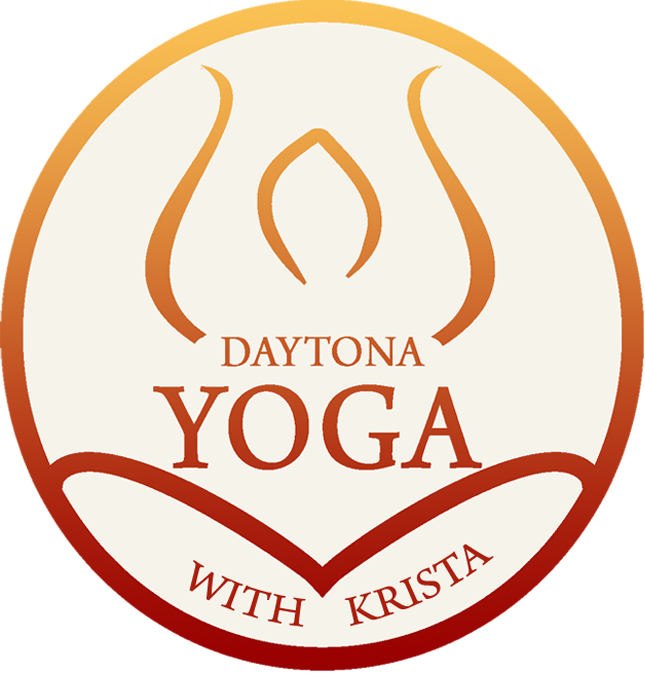What is the most difficult yoga pose?
Believe it or not, as a yoga instructor, I think one of the most difficult postures for students is Savasana or Corpse pose. I see it time and time again. I encourage students to lie down, get comfortable and relax. And yet what I see is tight, tense relaxation poses.
This is the pose used at the end of a yoga class to allow students to experience a deep rest totally still and relaxed. It’s a sort of wakeful deep rest. It’s not the same as being asleep. The student is still awake, present, and aware. But relaxed.
The interesting thing I’ve observed is that students actually THINK they’re relaxed. But I can still visibly see the tension in their bodies. Most of us have become so used to being in a state of contraction and tension that we don’t even realize when we are stiff and tight.
One way to give your body the best chance of actually letting go is to position your body in a true corpse pose. This means widening your legs to allow the hips to release. Try to place your feet about the width of your yoga mat allowing the knees and feet to drift out to the side. If this actually creates discomfort in your low back, place a bolster or rolled up towel or even 2 blocks under your knees. But even with supports keep the feet wide.
Position your arms away from your hips. You want them far enough away from your hips that your palms naturally rotate up. This allows your shoulders to drop to the mat releasing tension from the arms and chest. This expansion of your chest allows your breath to flow more easily. The palms up is a way of creating a state of openness to receive whatever you are needing from the universe at that moment. Be mindful not to position the arms too wide though. If you bring the arms out to a T or even over you’re head, you’ll once again place tension in your shoulders. Think of the arms in about a 45 degree angle from your body.
Ideally the back of your head is on your mat creating a long straight neck. You want the neck to be long allowing the energy to flow easily throughout the body. If your chin is jutting up to the ceiling, this can create a kink in your neck and restrict the flow of energy. Try picking up your head with your hands and literally lengthen your own neck dropping your chin closer to your chest. You can also place a small support under the head to help lengthen your neck. Be mindful not to use a support that’s too high, though, placing the chin too close to your chest.
The best way to know if you’re doing savasana correctly is to really tune in to how your body feels once you’re there. Check in and try to observe where you might be holding on to tension. Try to move your legs and arms into a few different positions and notice which feels most relaxed.
Here’s a short video to help you discover the correct body position for Savasana. I encourage you to take a few minutes everyday to make time for yourself to rest and relax. Try savasana and give yourself the gift of true relaxation.



